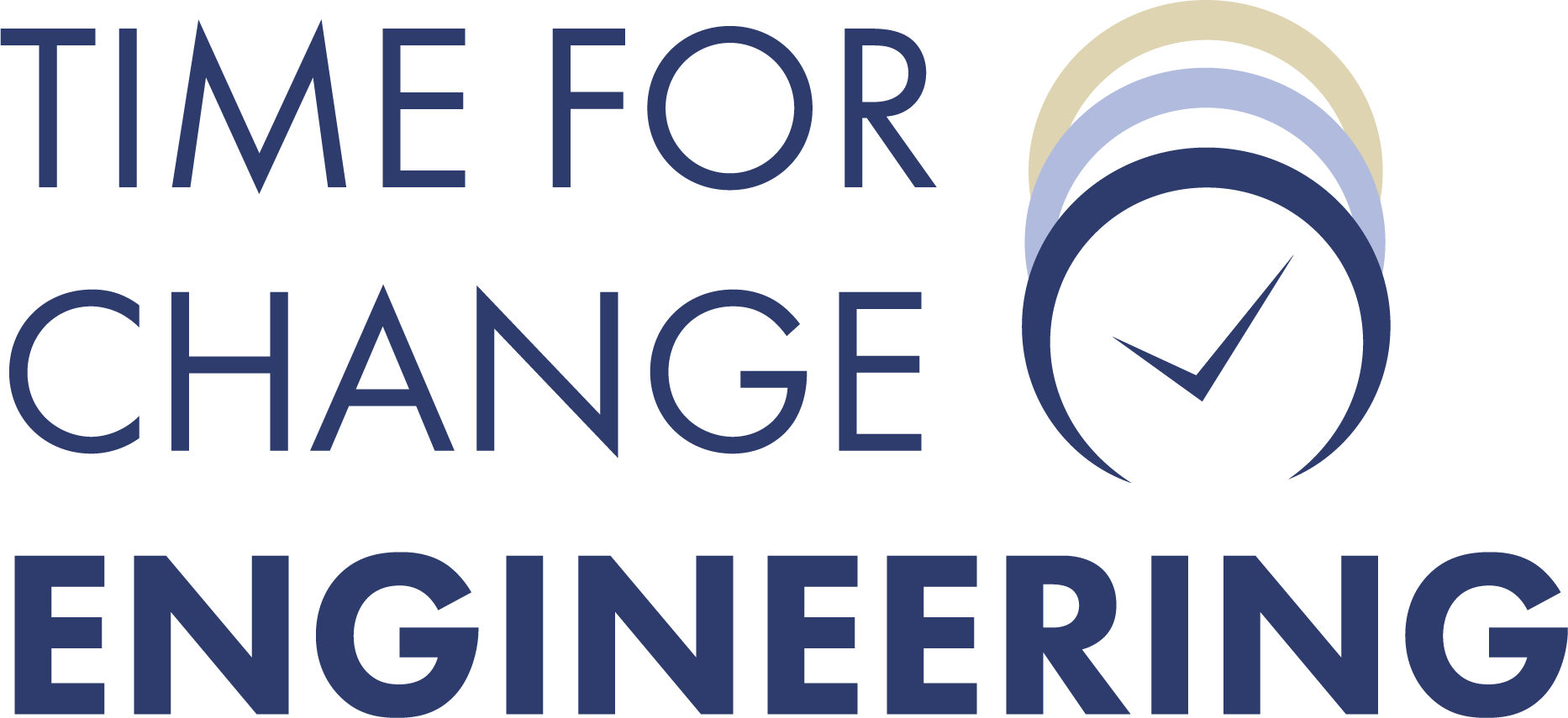New Pipeline Regulations: Gas Gathering

New Pipeline Regulations: Onshore Gas Gathering
In the interest of continuous improvement, ensuring pipeline safety, reducing threats to the environment, and protecting communities, the U.S. Department of Transportation’s Pipeline and Hazardous Materials Safety Administration (PHMSA) issued a final rule (“final rule”) expanding onshore pipeline gas gathering regulations on November 15, 2021. The language contained within the legislation has been in the makings for over a decade.
The final rule affects over 400,000 additional miles of gas gathering pipelines, according to a Regulatory Impact Analysis (RIA) report, which were not previously covered under prior regulations. The federal pipeline safety reporting requirements under 49 CFR Parts 191 and 192 are changing as a result. The one hundred and thirty two page final rule document can be summarized into two main points:
- Expansion of reporting requirements for all onshore gas gathering pipelines now called Type R gathering lines.
- Creation of a new type of regulated gas gathering lines called Type C gathering lines with additional damage prevention and operational requirements, depending on the diameter of the pipeline.
Prior to this final rule, there were two types of regulated gas gathering lines already defined under PHMSA regulations: Type A and Type B gas gathering lines. Further guidance on the previously defined regulated gas gathering lines can be found in API RP 80.
The final rule on regulated gas gathering pipelines is effective six months after it is published in the Federal Register. Pipeline operators will be responsible for filling the first annual report on the newly included gas gathering lines on March 15, 2023. Additionally, pipeline operators are responsible for documenting how the starting and ending points of gas gathering systems are determined prior to being able to complete reporting requirements.
